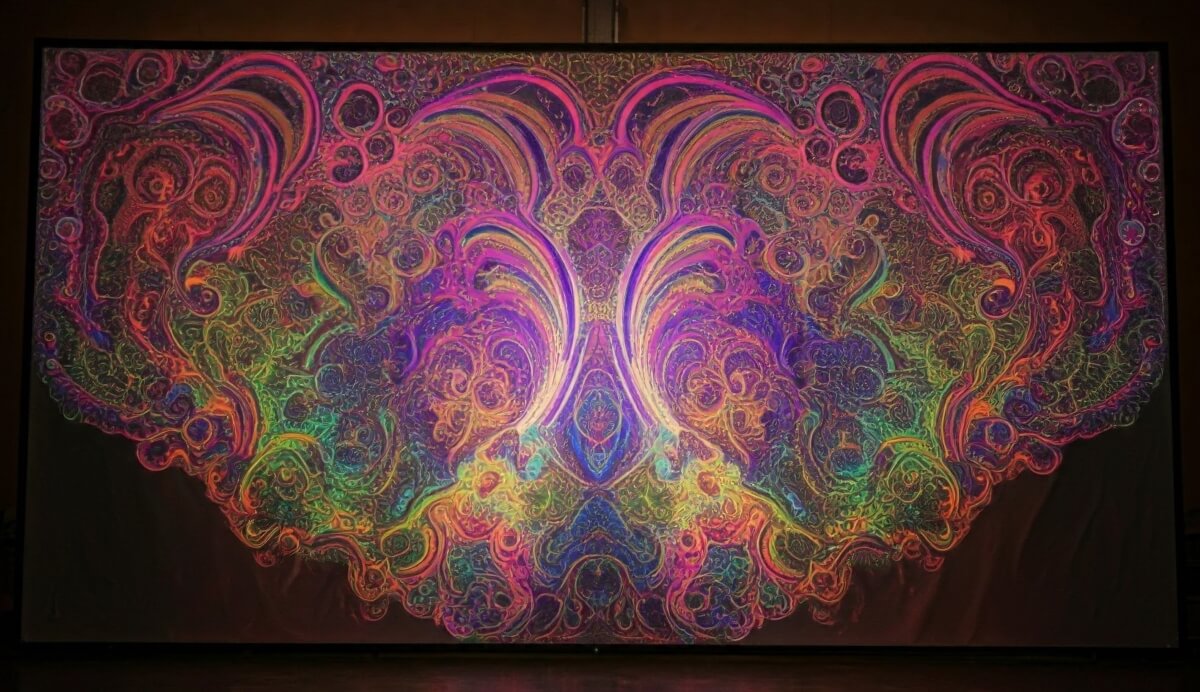Color is a powerful tool that can evoke emotions, influence decisions, and shape our overall perception of a website. Understanding the psychology of color can help you design websites that not only look visually appealing but also resonate with your target audience on an emotional level.
The Science Behind Color Psychology
Color psychology is the study of how colors affect human behavior and emotions. Our brains are wired to respond to different colors in specific ways. For instance, red is associated with excitement, passion, and danger, while blue is linked to calmness, trust, and security.
AdThe Impact of Color on Website Design
When designing a website, consider the following color psychology principles:
Brand Identity:
- Consistent Color Palette: Use a consistent color palette throughout your website to reinforce your brand identity.
- Brand Personality: Choose colors that align with your brand’s personality. For example, a playful brand might use bright, vibrant colors, while a professional brand might opt for more subdued tones.
User Experience:
- Readability: Ensure your text is easily readable by choosing contrasting colors for text and background.
- Call-to-Action (CTA) Buttons: Use colors that stand out and encourage clicks. Red and orange are often effective for CTAs.
- Visual Hierarchy: Use color to guide the user’s eye and highlight important information.
Emotional Response:
- Evoke Emotions: Colors can evoke specific emotions. For example, green can convey nature, growth, and harmony, while purple can symbolize creativity and luxury.
- Create Mood: The overall color scheme can create a specific mood. A warm color palette can create a sense of excitement and energy, while a cool color palette can convey calmness and serenity.
Color Meanings and Their Psychological Effects
- Red: Passion, energy, excitement, danger, urgency
- Orange: Enthusiasm, creativity, warmth, friendliness
- Yellow: Optimism, happiness, energy, caution
- Green: Growth, harmony, nature, peace
- Blue: Trust, calmness, security, intelligence
- Purple: Creativity, luxury, wisdom, mystery
- Pink: Compassion, love, femininity, innocence
- Black: Power, elegance, formality, mystery
- White: Purity, cleanliness, simplicity, innocence
- Gray: Neutrality, balance, formality, sophistication
Tips for Effective Color Use in Website Design
- Know Your Audience: Consider your target audience’s preferences and cultural associations with colors.
- Test and Refine: Use A/B testing to determine which color combinations work best for your website.
- Accessibility: Ensure your color choices are accessible to users with visual impairments.
- Balance and Contrast: Use a balance of colors to create visual harmony.
- Less is More: Avoid using too many colors, as it can overwhelm the user.
By understanding the psychology of color and applying these principles to your website design, you can create a more engaging and effective online experience for your visitors.


